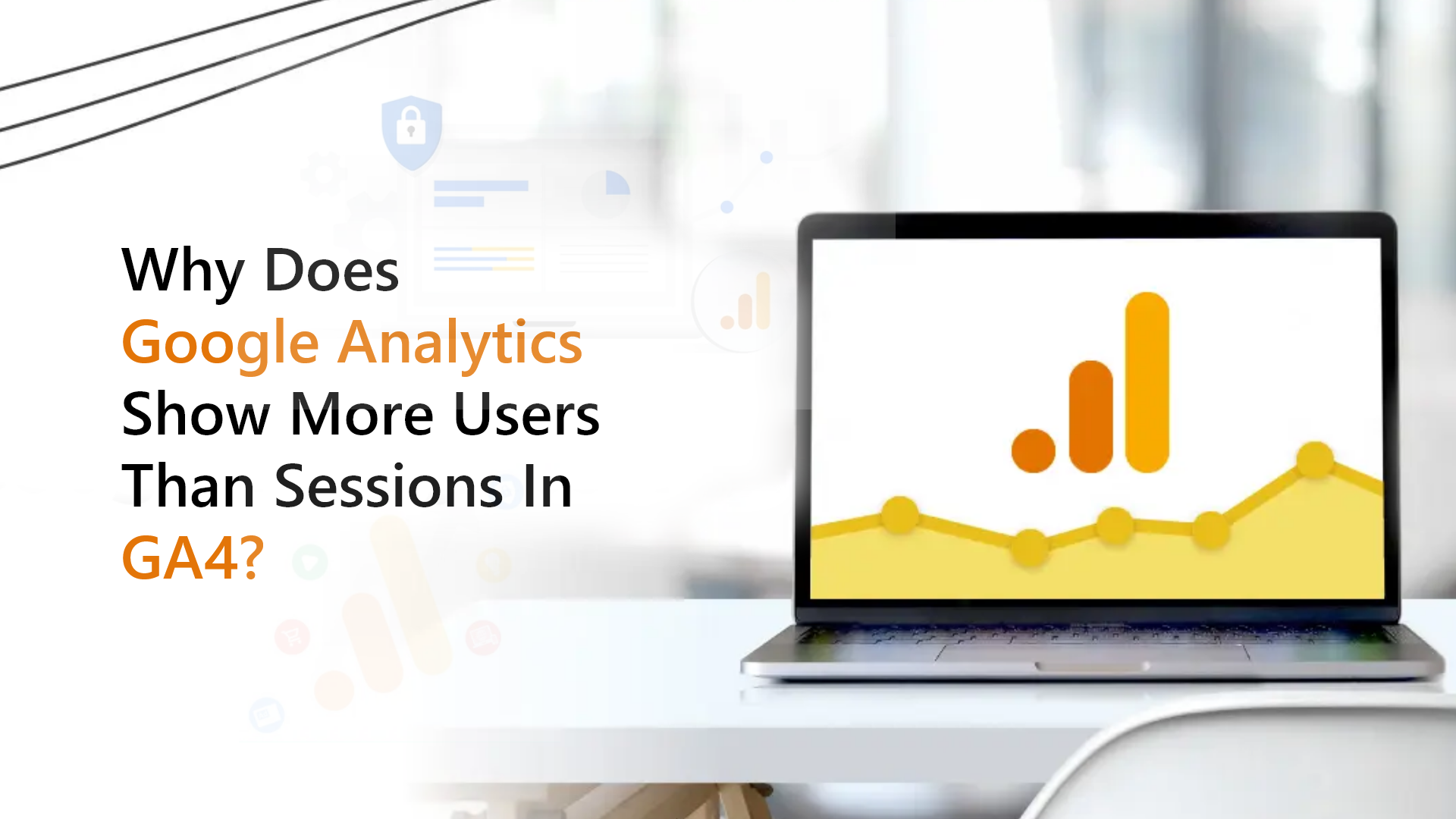Why Users are more than Sessions in GA4?

Why Does Google Analytics Show More Users Than Sessions in GA4? Understanding the Difference
If you’re using Google Analytics to track your website’s performance, you’ve probably noticed metrics like users and sessions. These numbers help you understand how people interact with your site. But sometimes, you might see something puzzling: more users than sessions. How does that happen? Let’s dive into it.
Users vs. Sessions: What Do They Mean?
Users: In Google Analytics, users represent unique visitors to your website. Each user is identified by a unique tracking ID stored in cookies. This means if someone visits your site and comes back later (without clearing their cookies), they’re counted as the same user.
Sessions: A session starts when someone lands on your website and ends after a period of inactivity (usually 30 minutes) or at midnight. Even if a user visits your site multiple times in a day, each visit counts as a separate session.
Common Sense vs. Google Analytics Data
It’s logical to think that the number of users should equal or be less than the number of sessions. After all, one user can have multiple sessions. But sometimes, Google Analytics reports show more users than sessions. Is this a mistake? Not really. Here are a few reasons why this can happen:
Why Does It Happen?
- Page-Level Filters: When you create custom reports in Google Analytics and filter by specific pages or page titles, you might notice more users than sessions. This occurs because users are tied to the first hit of a session. If a user visits different pages in one session, each page hit might count as a user, even if no new session is recorded.
Example: Imagine a user visits Page A, then Page B, and returns to Page A before ending the session. In this case, Page B might show 1 user but 0 sessions if you filter by Page B.
- Hourly Filters: If you use filters based on time, like checking data hour by hour, you might see discrepancies. A session that spans multiple hours will count as one session in the first hour but might appear as multiple users across those hours.
Example: A user starts a session at 7:50 PM, and it continues into 8:15 PM. In the 7 PM report, you’ll see 1 session. However, in the 8 PM report, you might see 1 user but 0 sessions if filtering by hour.
Conclusion
Understanding why Google Analytics shows more users than sessions can save you from confusion. These discrepancies arise from how sessions and users are measured, especially when applying filters related to pages or time. It’s not an error but rather a reflection of how data is structured and reported in GA.
Next time you analyze your website’s data in Google Analytics, keep these insights in mind. They’ll help you interpret reports accurately and make informed decisions to optimize your site’s performance.
By grasping these nuances, you’ll navigate Google Analytics with confidence, ensuring your data analysis is on point and your digital marketing efforts are effectively targeted.
